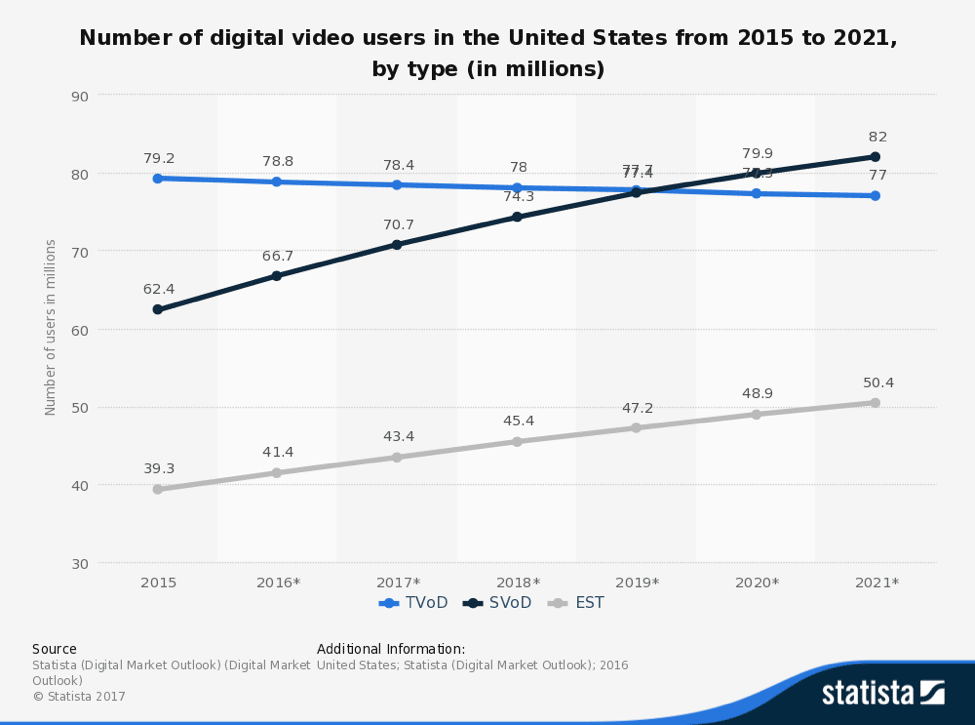
The Subscription Video-on-Demand Revolution Continues: Perils and Possibilities on the Battlefield
Source: Bigstock and Subscription Insider
Video-on-demand, or VoD, is the ability to watch what you want, when you want, where you want. It was the holy grail of digital video for a long time and it's now a reality, a very hyper-competitive reality. This competitive digital video battle of our day is being waged on three fronts. First, the technology of delivering video has advanced from DVDs in your physical mailbox to fiber optic cable and 4G wireless networks. A Next Generation Mobile Net...
HELLO!
This premium article is exclusively reserved for Subscription Insider PRO members.
Want access to premium member-only content like this article? Plus, conference discounts and other benefits? We deliver the information you need, for improved decision-making, skills, and subscription business profitability. Check out these membership options!
Learn more about Subscription Insider PRO memberships!
Already a Subscription Insider PRO Member?
Please Log-In Here!








